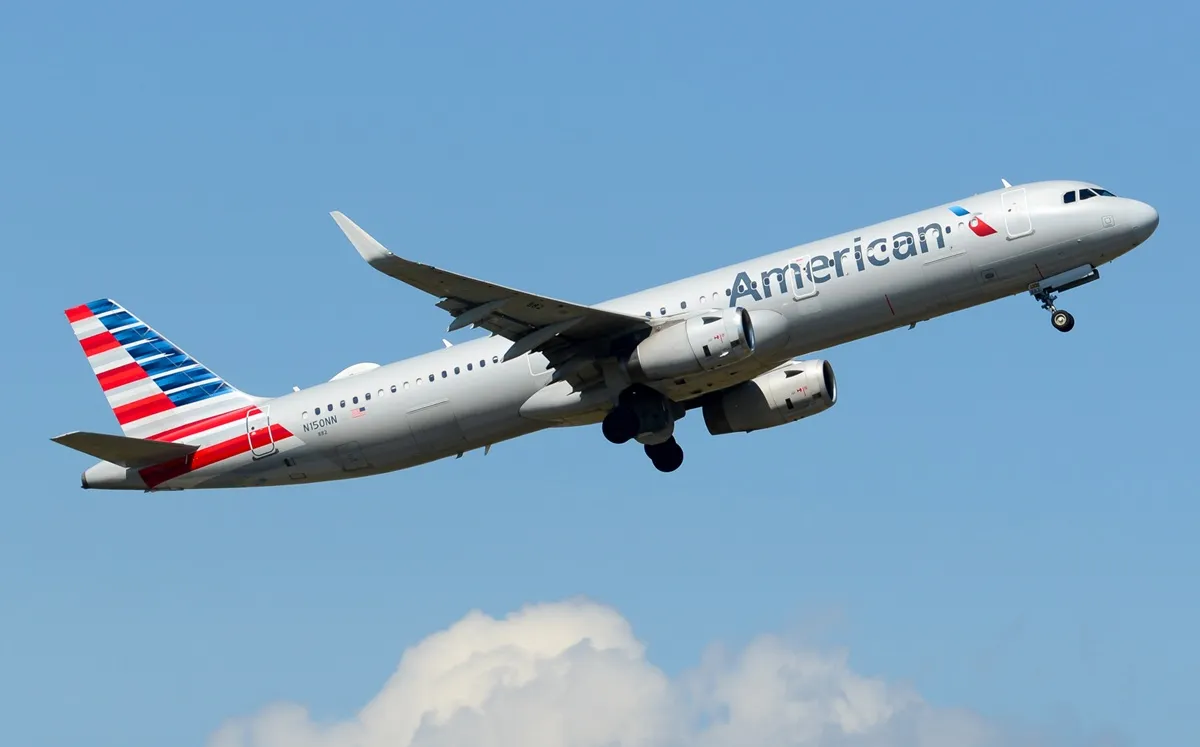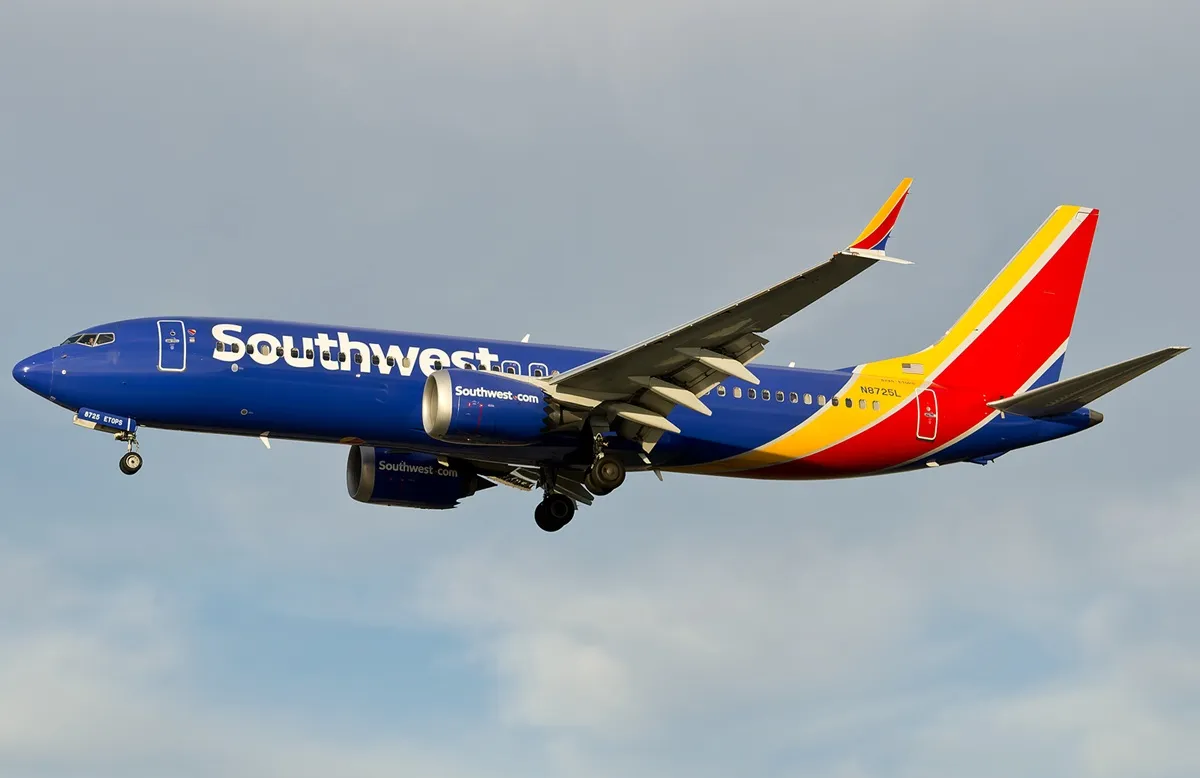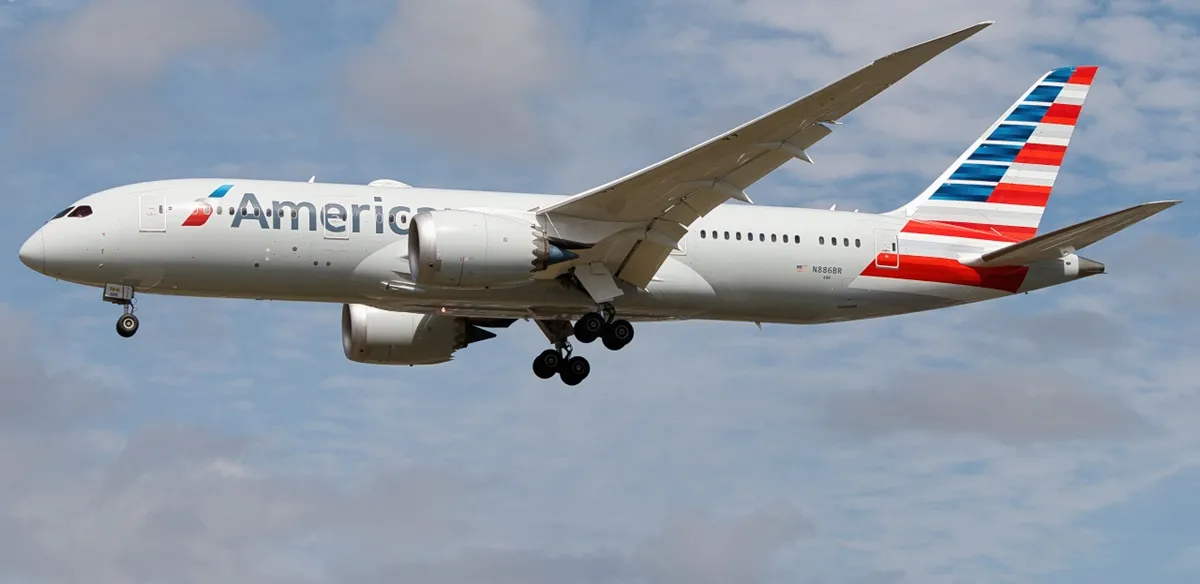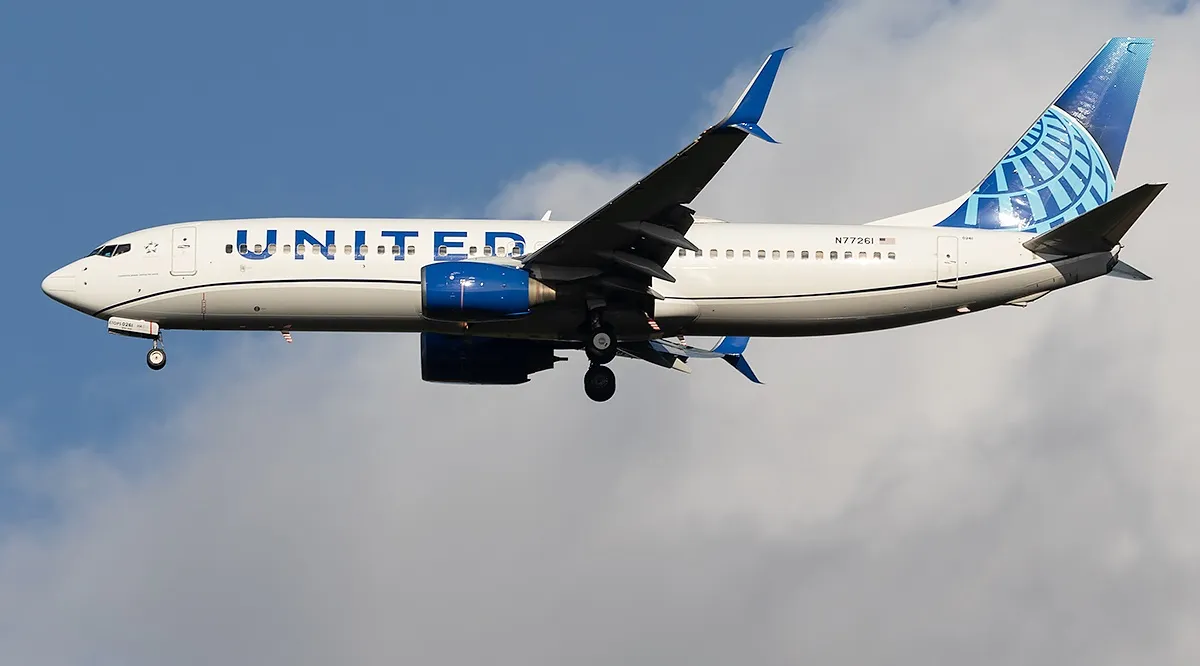
Safety culture is a cornerstone of aviation operations worldwide, and in the United States, it serves as the backbone of the industry’s safety record.
While the term "safety culture" may seem abstract, it plays a concrete and vital role in ensuring the wellbeing of passengers, crew, and ground staff.
Safety culture refers to the collective mindset, behaviors, and values shared by individuals and organizations that prioritize safety above all else.
In the context of aviation, safety culture encompasses everything from adherence to protocols and open communication to continuous training and reporting of safety concerns. According to SKYbrary, safety culture refers to:
“The way safety is perceived, valued and prioritized in an organization. It reflects the real commitment to safety at all levels in the organization.”
The aviation industry operates under strict regulations, but a robust safety culture goes beyond compliance. Here are some key pillars of a strong safety culture in the US:
|
Pillar |
Description |
|
Leadership Commitment |
Leadership plays a pivotal role in shaping safety culture. Airlines and aviation organizations in the US, from commercial carriers to cargo operators, emphasize top-down commitment to safety. Leaders model behavior, allocate resources for safety initiatives, and create an environment where safety concerns can be addressed without fear of retaliation. |
|
Open Communication |
Open and honest communication is critical to identifying and mitigating risks. Programs like the FAA’s Aviation Safety Reporting System (ASRS) encourage pilots, crew, and ground staff to report potential safety hazards anonymously. This helps organizations identify systemic issues and implement preventive measures. |
|
Continuous Training |
Safety is a dynamic goal that evolves with new technology, regulations, and industry practices. For instance, pilots and maintenance technicians undergo recurrent training to ensure they’re prepared for both routine operations and emergencies. |
|
Proactive Risk Management |
A strong safety culture focuses on identifying risks before they become incidents. Tools such as Safety Management Systems (SMS) are widely used across the US aviation industry to proactively analyze data, assess risks, and implement mitigation strategies. |
The importance of safety culture in US aviation cannot be overstated. US airlines carry millions of passengers annually.
A robust safety culture reassures travelers that airlines prioritize their safety above profitability or convenience, thereby fostering trust in the system.
Further, with the Federal Aviation Administration (FAA) leading global aviation safety standards (more on this below), a strong safety culture ensures compliance with domestic and international regulations. This commitment strengthens the US’s leadership in global aviation.
It’s important to note that many aviation accidents are attributed to human factors such as miscommunication or failure to follow procedures.
A strong safety culture minimizes these risks through training, clear protocols, and proactive risk identification.
The FAA defines safety culture as an environment where “safety is a core value, and individuals at all levels commit to continuously improving safety.”
In simpler terms, it’s not just about meeting regulations but fostering an attitude where safety is ingrained in everyday operations.
To uphold this safety culture, the FAA has established the FAA Safety Team (FAASTeam), an educational outreach arm, who are committed to “Lower[ing] the Nation’s aviation accident rate by conveying safety principles and practices through training, outreach, and education; while establishing partnerships and encouraging the continual growth of a positive safety culture within the aviation community”.
The FAASTeam is made up of volunteers and industry members, such as companies and associations who have a stake in aviation safety. According to the FAA, it applies a Safety Risk Management approach, using system safety principles, risk prioritization, and new technology concepts.
The team uses system safety techniques to shift the safety culture towards the reduction of aviation accidents.
While the US aviation industry has made significant strides in fostering a strong safety culture, challenges remain.
The increasing complexity of aviation technology, growing passenger numbers, and evolving security threats require constant adaptation.
Additionally, a significant challenge lies in the following common barriers to safety culture that are observed not only in the US, but around the world:
- Fear of Retaliation: Employees may hesitate to report issues if they fear punishment, leading to unaddressed safety risks.
- Resource Constraints: Insufficient funding or staffing can undermine safety initiatives and training programs.
- Complacency: Assuming safety is already achieved may lead to lapses in vigilance and protocol adherence.
- Poor Communication: A lack of open communication channels can result in overlooked hazards and missed opportunities to improve.
Fortunately, these challenges also present opportunities to innovate, enhance training programs, and refine risk management practices.
Safety culture in US aviation is not just a buzzword — it’s a fundamental element of the industry’s success. By prioritizing safety through leadership, training, open communication, and risk management, US airlines continue to set global benchmarks for safety and efficiency.
As the aviation industry evolves, maintaining a strong safety culture will remain critical to ensuring the trust and security of passengers, crew, and all stakeholders.



